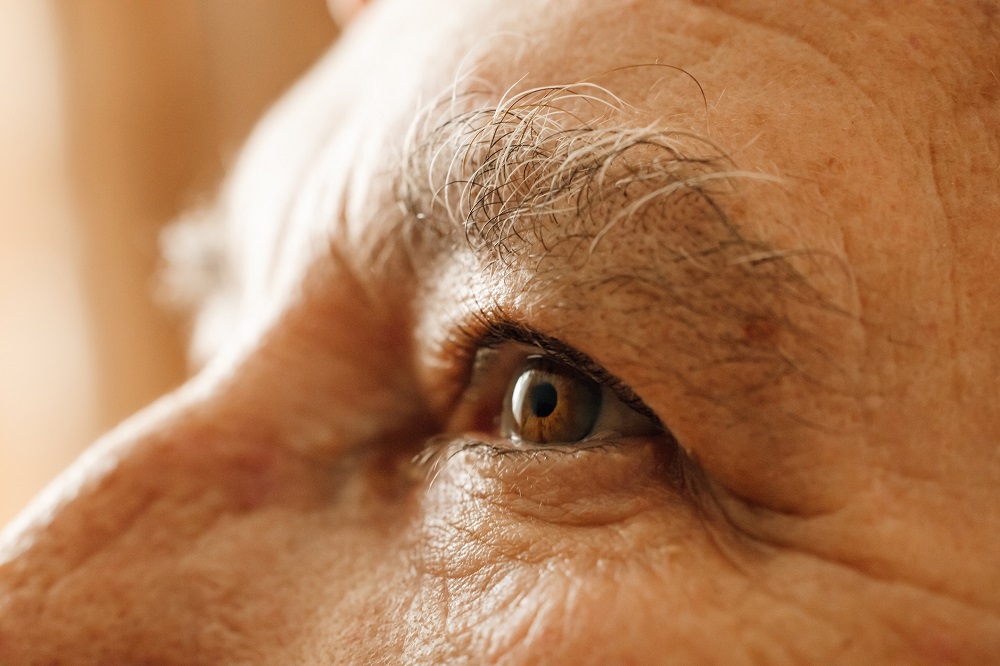Many age-related eye diseases that cause vision loss in adults 60 and older have no early symptoms. Here’s how to reduce your risk…
Glaucoma typically is caused by pressure in the eye that damages the optic nerve. But it can occur even with normal eye pressure—possibly from a sensitive optic nerve that receives limited blood flow. Over time, glaucoma causes loss of peripheral (side) vision. Diabetes, high blood pressure, thyroid disorders and a family history increase risk. Treatments include prescription eyedrops, lasers and surgery. Recent findings: Exercise may help to reduce eye pressure, slowing the progression and reducing risk, according to a study by researchers at University of Malaya Medical Centre in Malaysia. And researchers at Harvard Medical School are looking into gene therapy to reverse vision loss from glaucoma.
Age-Related Macular Degeneration (AMD) causes progressive loss of central vision. There are two kinds. Dry AMD is more common but has no treatment. Wet AMD usually causes faster vision loss, and treatments include anti-vascular endothelial growth factor (anti-VEGF) drugs injected into the eye (including Lucentis, Avastin, Regeneron and/or Eylea) to slow the abnormal growth of blood vessels as well as photodynamic therapy (PDT), which helps seal off leaking blood vessels.
Emerging studies show that AMD may be a nutritional and lifestyle disease, so exercise regularly, consume healthy foods and don’t smoke (it increases risk by up to 3.5 times). Also: Consider taking the over-the-counter dietary supplement AREDS2, which contains high doses of vitamins and minerals (including vitamins C and E, zinc, lutein and zeaxanthin) that may help slow vision loss. Check with your doctor before starting this or any supplement.
Cataracts, the leading cause of vision loss in the US, are a normal part of aging. Approximately half of all Americans will have cataracts by age 75. They cause clouding of the eye’s lens, resulting in blurry, hazy vision and oversensitivity to light. Every year, doctors perform about 3.7 million surgeries to remove cataracts and replace the natural lenses with artificial lenses. Alternatives to surgery include homeopathic eyedrops, vitamins and supplements (including a combination of the vitamins A and C and antioxidants). Also: Walking, bicycling and other types of exercise for an hour a day can reduce risk, according to researchers at Lawrence Berkeley National Laboratory in California.
Diabetic retinopathy results when the retina’s blood vessels are damaged by uncontrolled high blood sugar. Symptoms include floaters and blurred vision. About half of people with type 1 or 2 diabetes will develop this condition, which can cause blindness. Eat properly, stay active and manage your blood sugar levels. Women who had gestational diabetes may experience a rapid onset of diabetic retinopathy. Also: Supplementing with antioxidants, amino acids, vitamins, enzymes and fish oil may help preserve your vision, in particular, lutein, zeaxanthin, vitamins C, D and E, zinc, copper, alpha-lipoic acid, n-acetylcysteine and complexes of B-1, B-2, B-6, L-methylfolate and methyl B-12.


